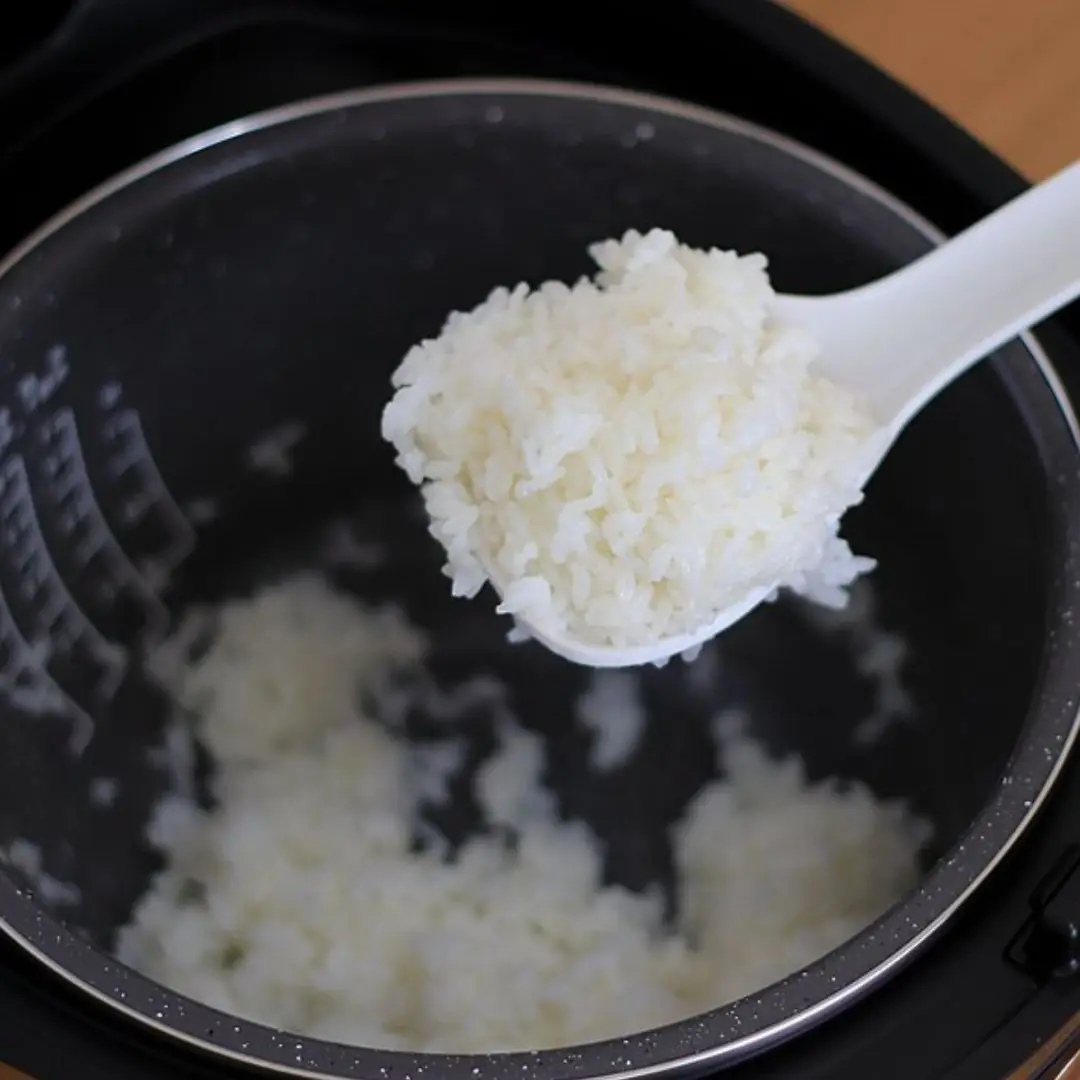
Don’t Eat These 3 Parts of a Crab — Experts Say They Could Harm Your Health
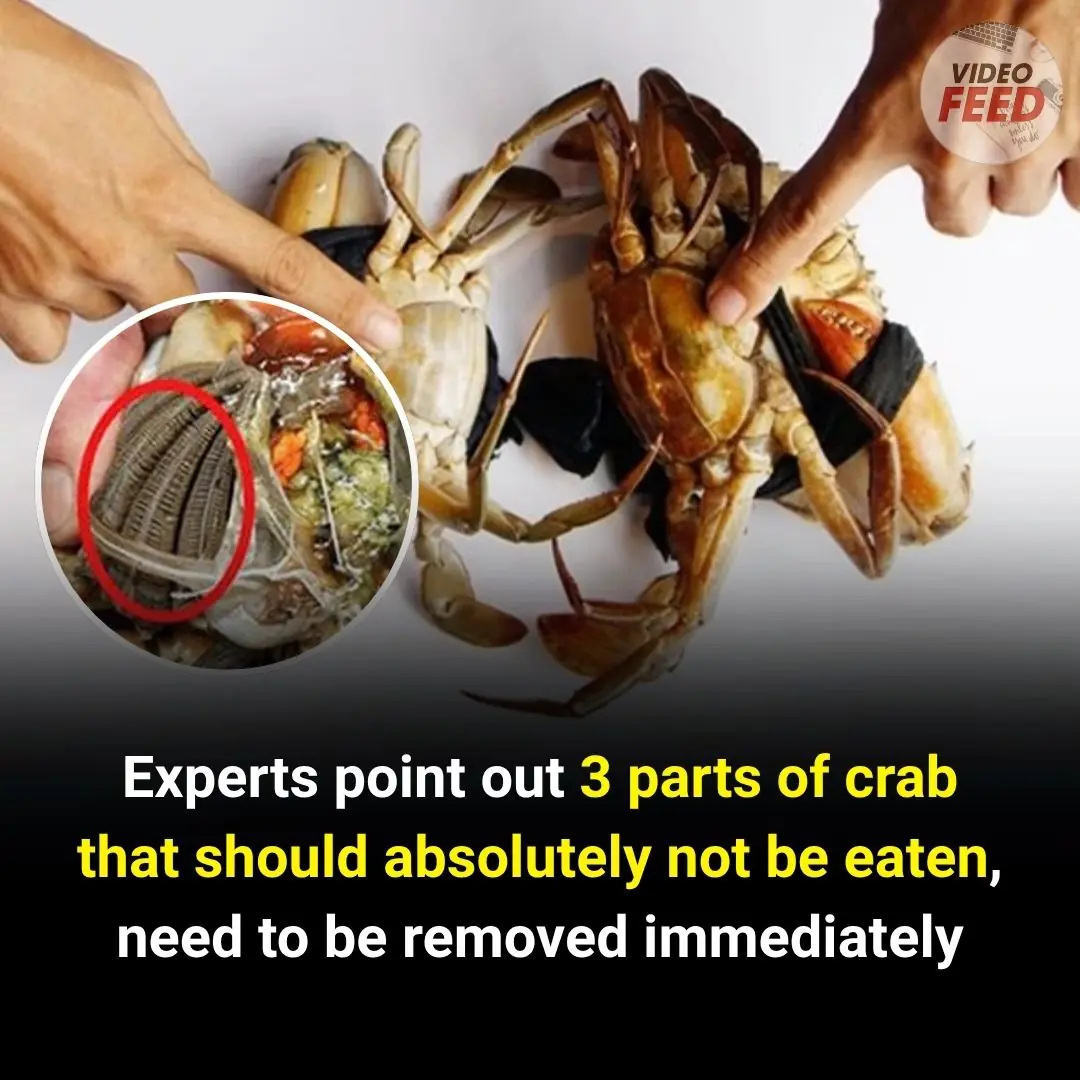
Crab is a nutrient-rich food loved by many, but experts warn that certain parts should be removed before consumption to protect your health.
Crab is a popular seafood dish not only because of its delicious taste but also due to its high nutritional value. In every 100 grams of crab meat, there are approximately 59mg of calcium, 0.8mg of iron, 1.5g of fat, 19g of protein, along with various other vitamins.
Crab meat plays an important role in supporting eye health, boosting the immune system, and promoting a healthy heart.
According to nutrition experts, people are encouraged to eat crab at least two or three times a week to supplement essential minerals for the body. However, when eating crab, it’s important to remove the following parts:
Crab gills: Crabs live in water and have gills for respiration. These gills are soft, gray-colored tissues that resemble two eyebrows located right beneath the crab shell.
Gills are considered the dirtiest part of the crab, harboring many parasites. Eating crab without removing the gills may cause you to unintentionally ingest harmful pathogens, posing a risk to your health.
Crab intestines: The crab’s stomach is a small, triangular-shaped sac located inside its body. The intestine appears as a black line running from the stomach to the crab's underside.
It’s worth noting that crabs are omnivores, feeding on a variety of things including plants, small shrimp, fish, and decomposing matter. To ensure food safety, you should remove this part, as it can easily accumulate waste and toxins.
Crab "heart": The crab’s “heart” is hexagonal in shape, located in the middle of the shell and covered by a black membrane. According to traditional Chinese medicine, this is considered the "coldest" part of the crab and is best avoided.
In fact, the crab’s “heart” plays a role in blood circulation. While it doesn't contain parasites, its taste is often unappealing, and many people choose not to eat it.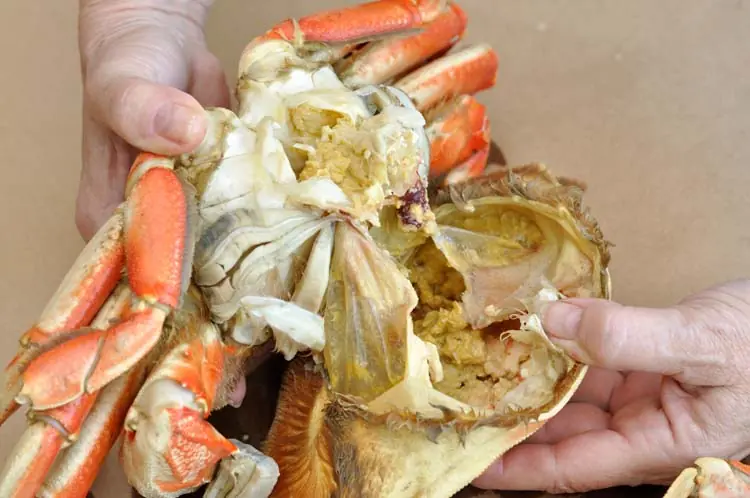
People who should avoid eating crab include:
-
Those suffering from colds, fevers, stomachaches, or diarrhea.
-
Individuals with chronic gastritis, duodenal ulcers, cholecystitis, gallstones, or hepatitis should also limit their crab intake.
-
People with coronary artery disease, high blood pressure, atherosclerosis, or high blood cholesterol should eat little to no crab, as crab roe contains a high level of cholesterol, which is harmful for such conditions.
-
Those with weak digestive systems or who are highly sensitive should also exercise caution with this tempting dish.
News in the same category

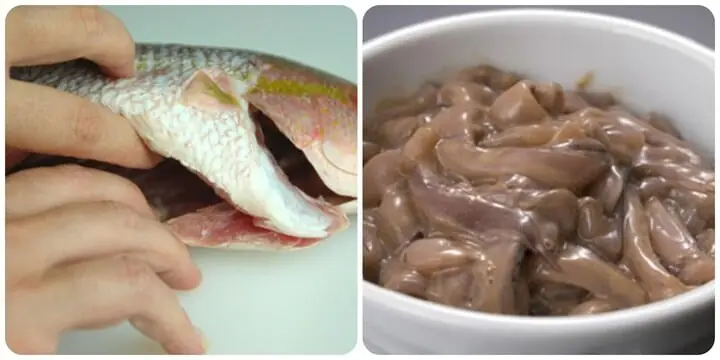
Bury these two "trash" in a flower pot: Flowers bloom like a stream, and the fruit is sweet and plentiful.
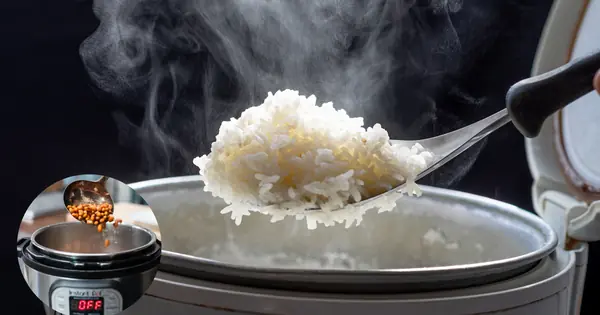
Cooking Rice This Way Packs as Much Protein as 100g of Beef
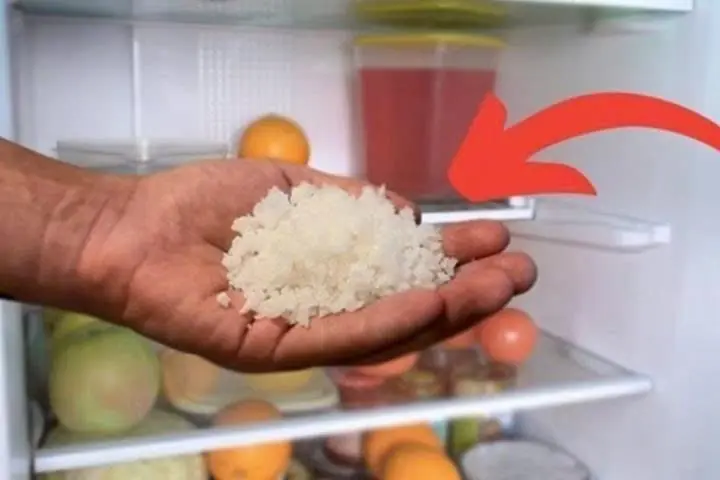
Put a Handful of Salt in the Fridge: The “Golden” Trick Every Household Needs

Grandparents taught us NOT to wash clothes at night, NOT to hang clothes overnight - We must obey!
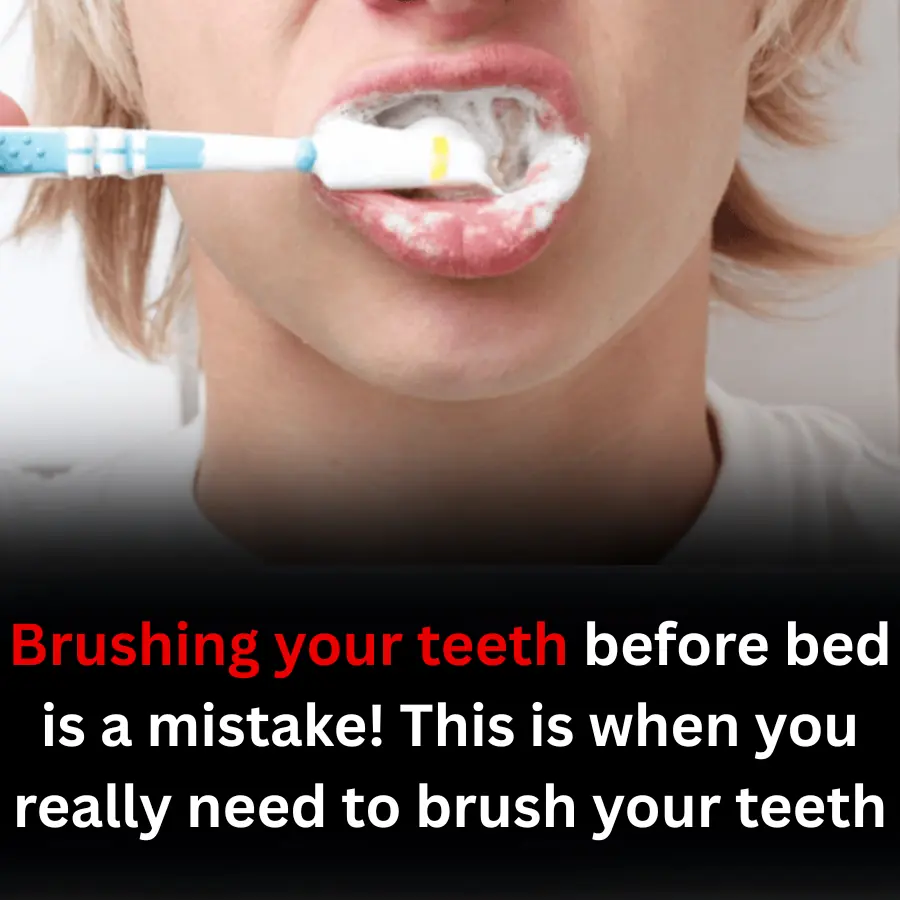
Brushing your teeth before bed is a mistake! This is when you really need to brush your teeth

Add this to the flower water and the flowers will stay fresh all week, despite the hot weather
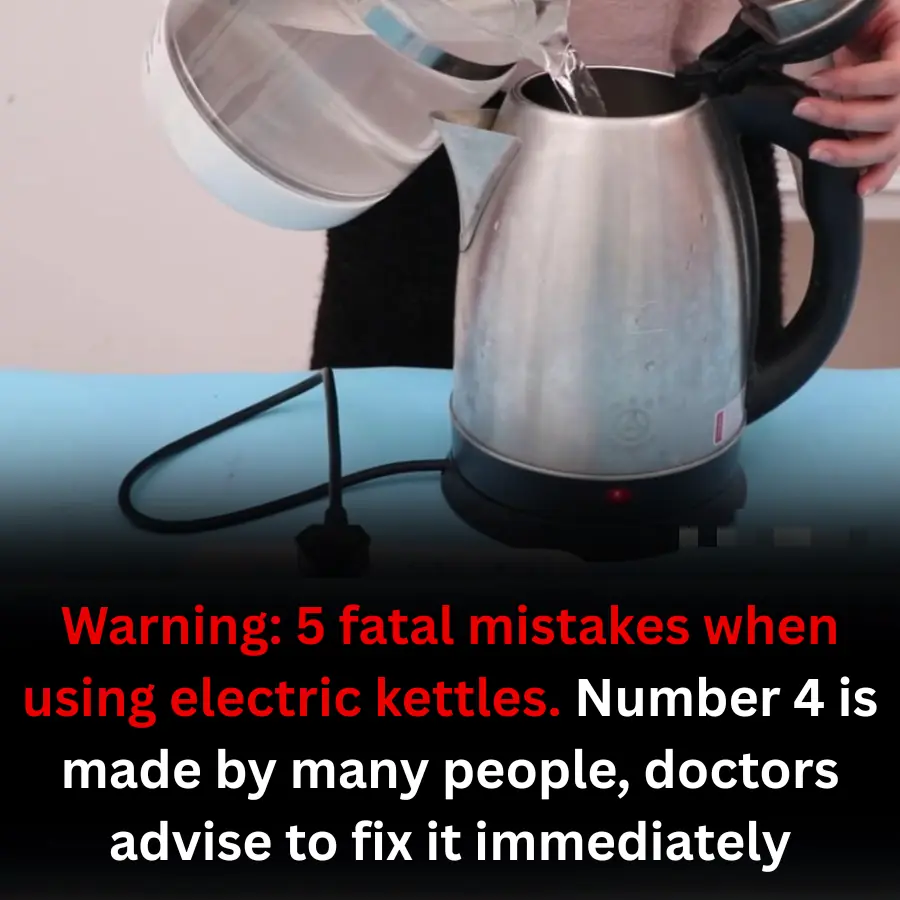
Warning: 5 fatal mistakes when using electric kettles: Number 4 is made by many people, doctors advise to fix it immediately

6 plants in their house: Drive away evil spirits, attract money, and bring good fortune to their children

Closing the door when turning on the air conditioner is not necessarily good, experts show what to do
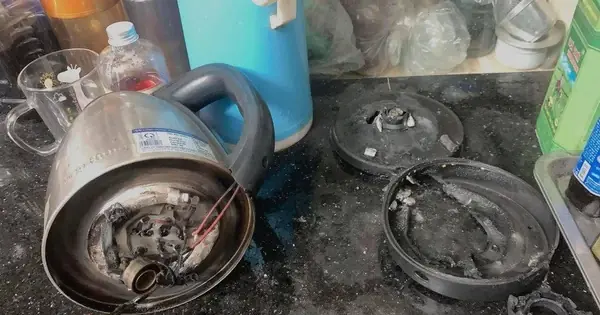
Warning: 5 Dangerous Mistakes When Using an Electric Kettle
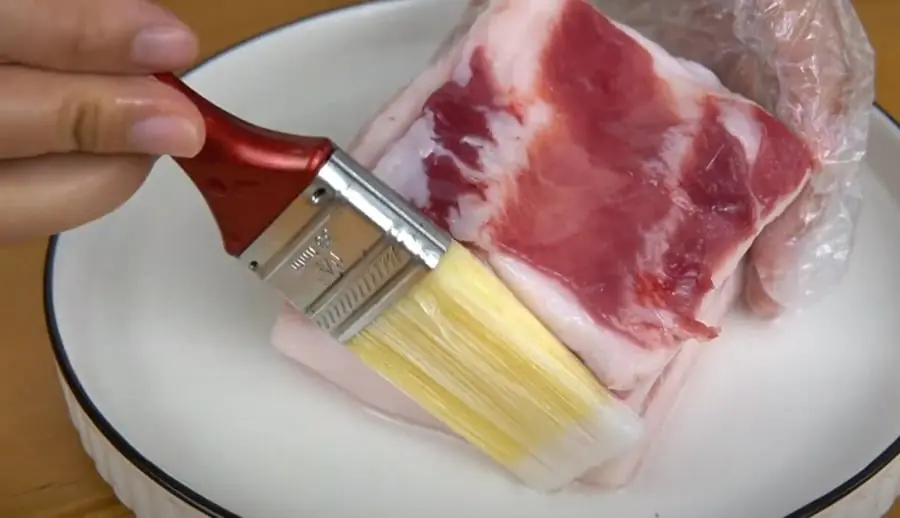
Pork Storage Hack: Don’t Put It Straight in the Fridge

Shiny, Dust-Free Wooden Floors for a Whole Month
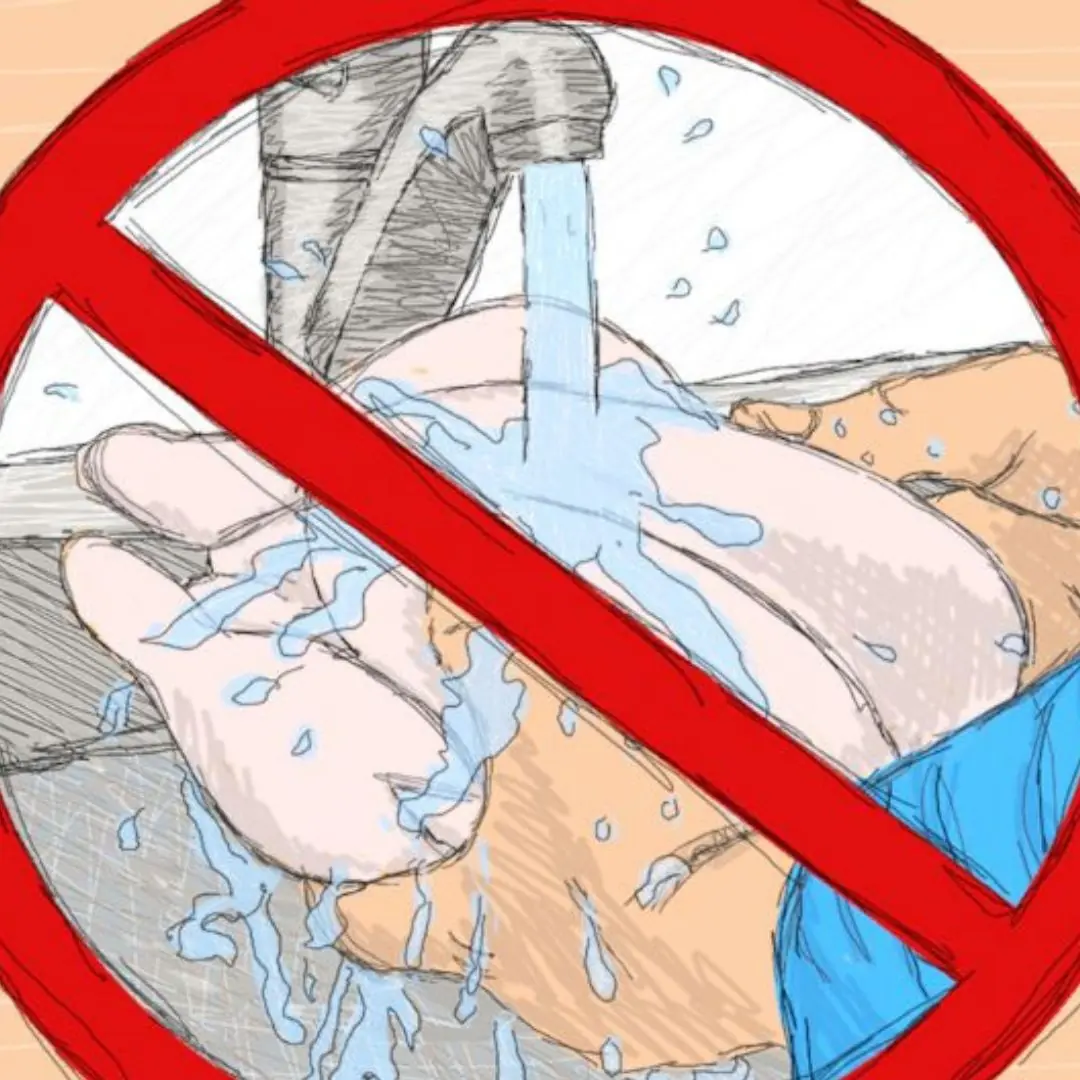
Don’t rinse r.a.w chicken: nine food safety tips from microbiologists
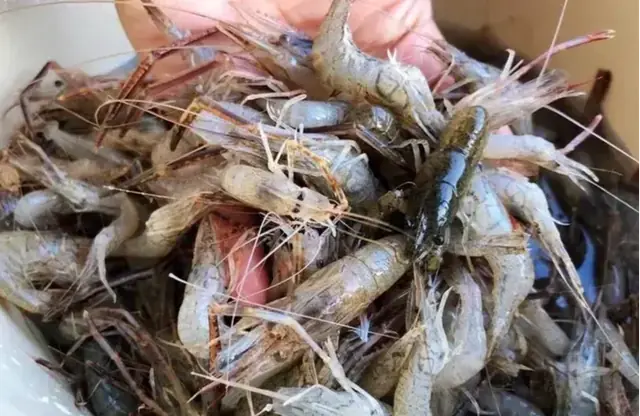
Even If You're Loaded, Don't Buy These 5 Types of Shrimp at the Market

Connect to Free Wi-Fi Without a Password in Just One Step
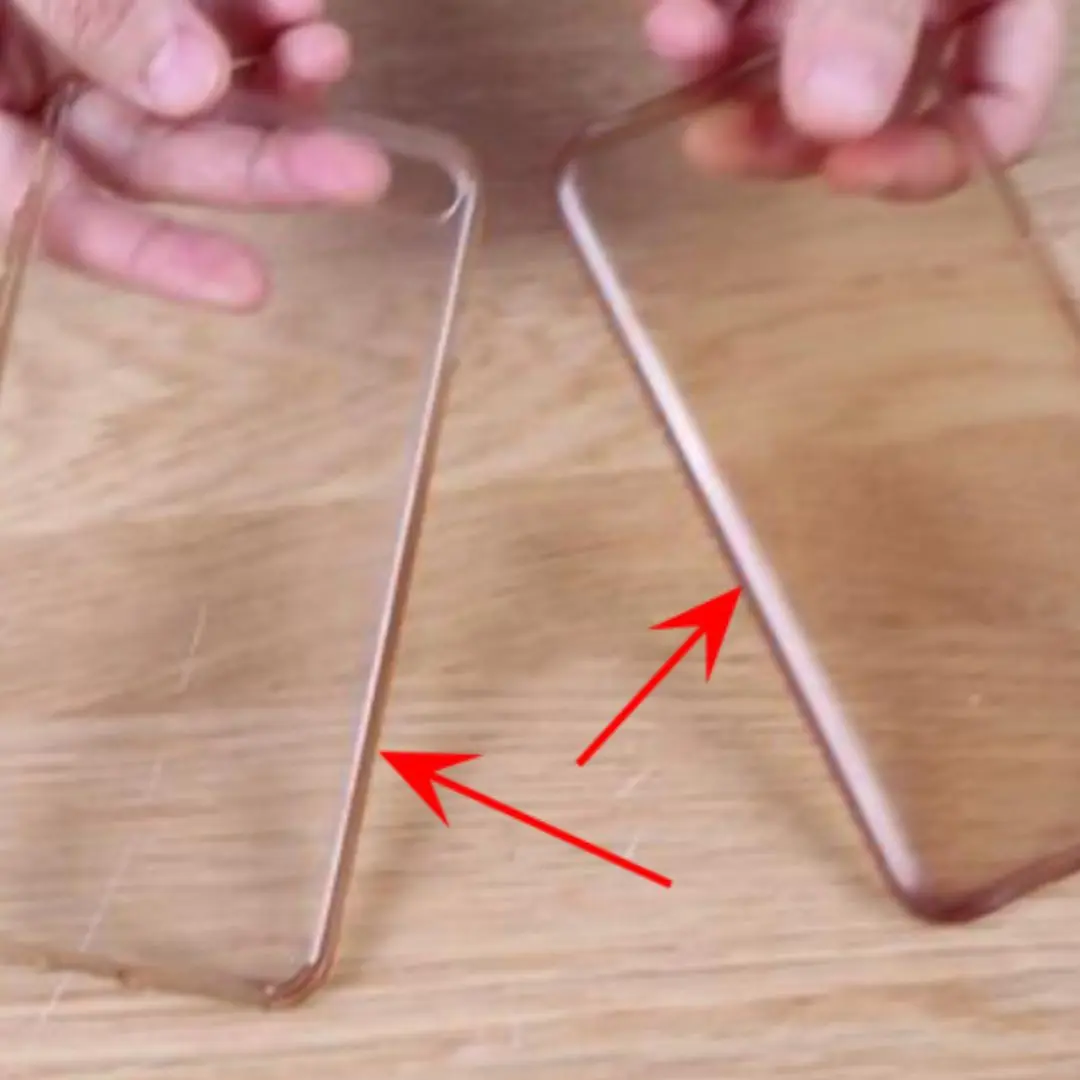
Say Goodbye to Yellow Stains: Best Ways to Clean Your Phone Case
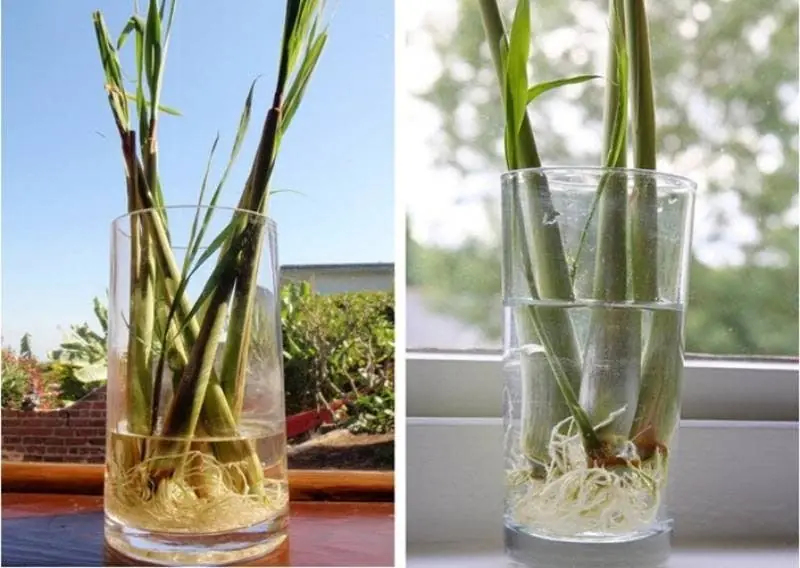
Place This Bunch of Leaves in Your Room

Beware! Plants and garden items that attract snakes that many people don't know about
News Post
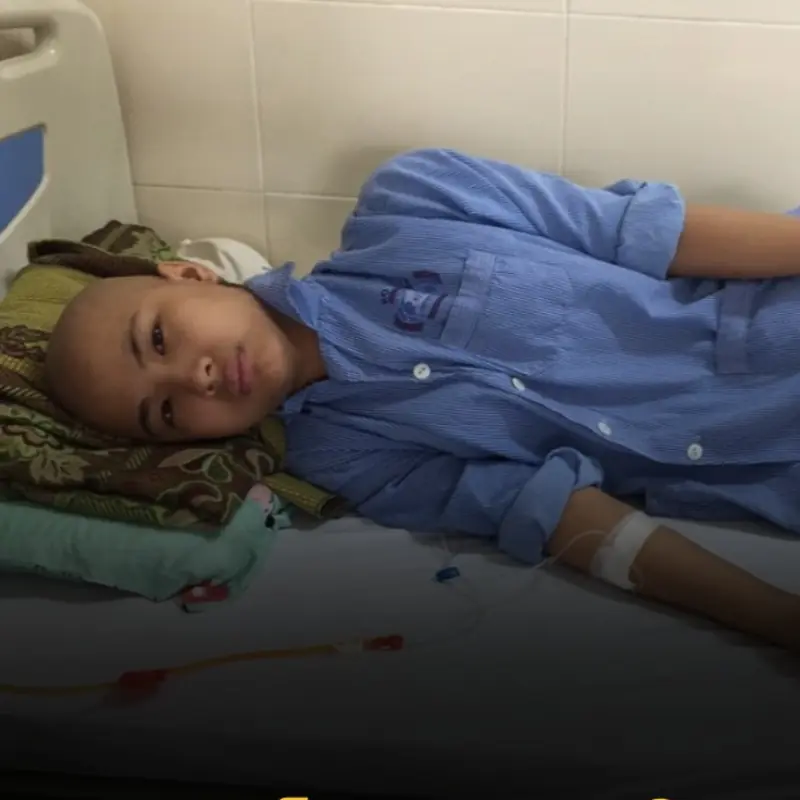
Stage 4 Can.cer at Age 28: Ignoring 3 Warning Signs Almost Cost Her Life

O arroz deixado na panela elétrica durante a noite ainda pode ser consumido
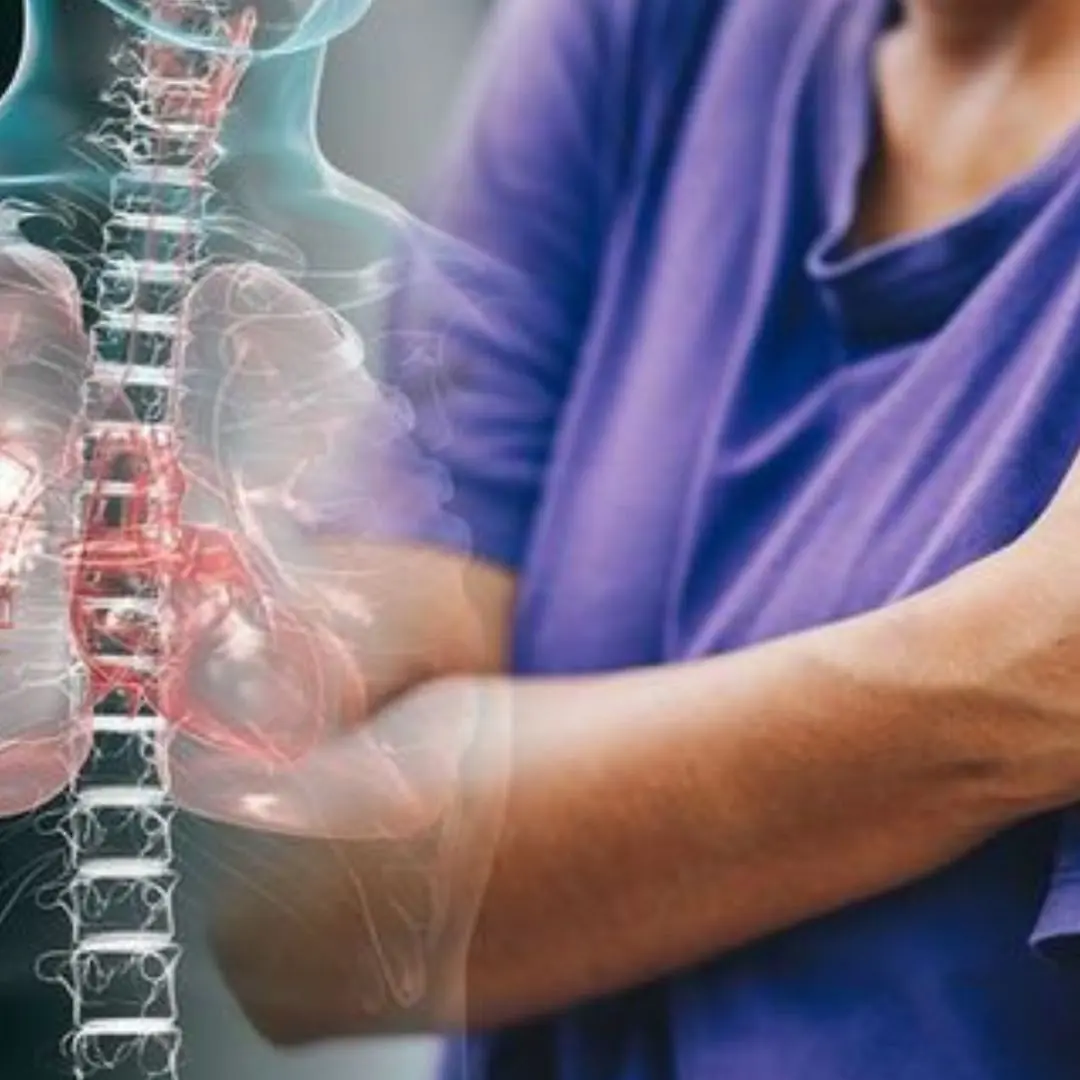
Caught Early, Treated Better: 5 Warning Signs of Lung Cancer You Must Know
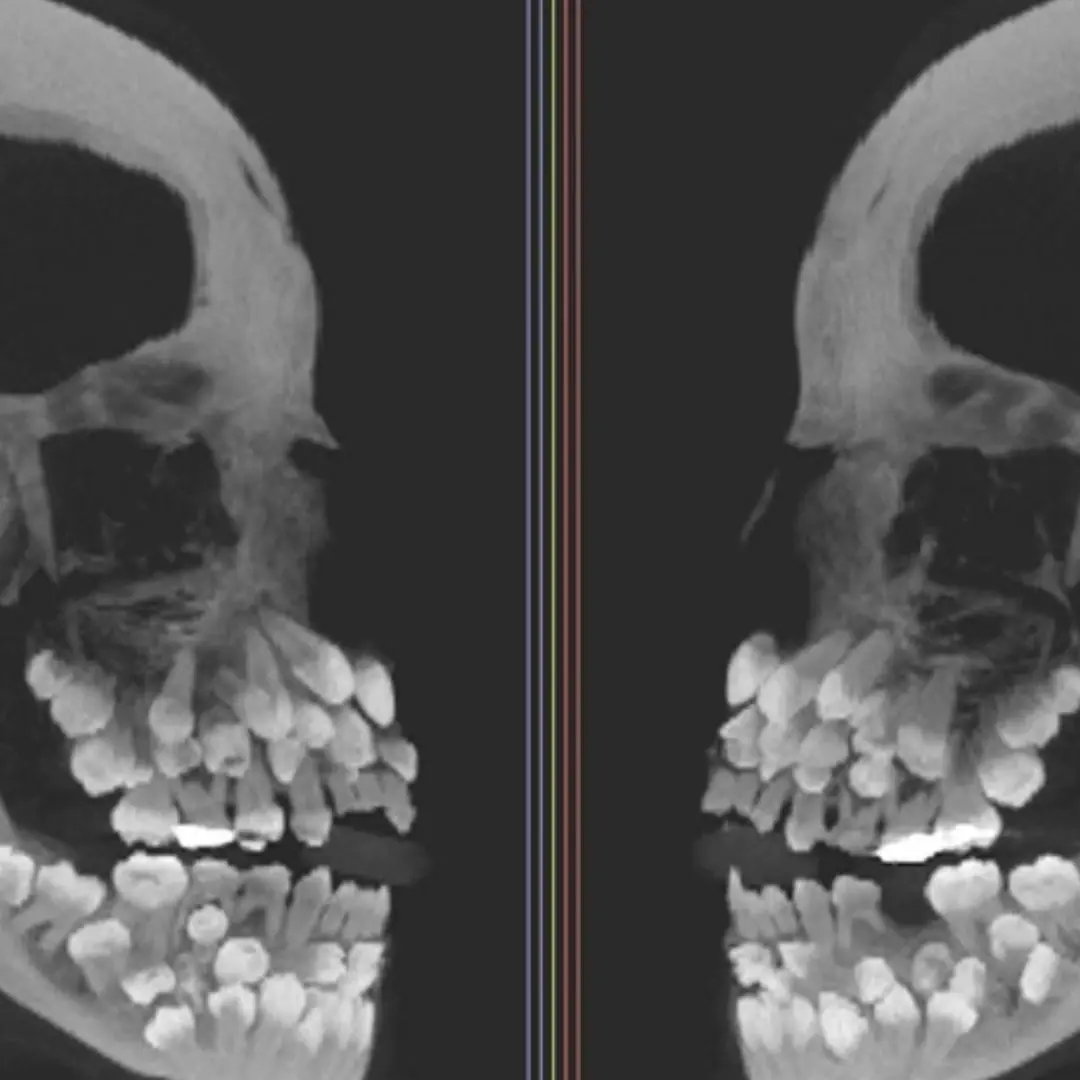
A girl in Brazil was found to have 81 teeth in her mouth
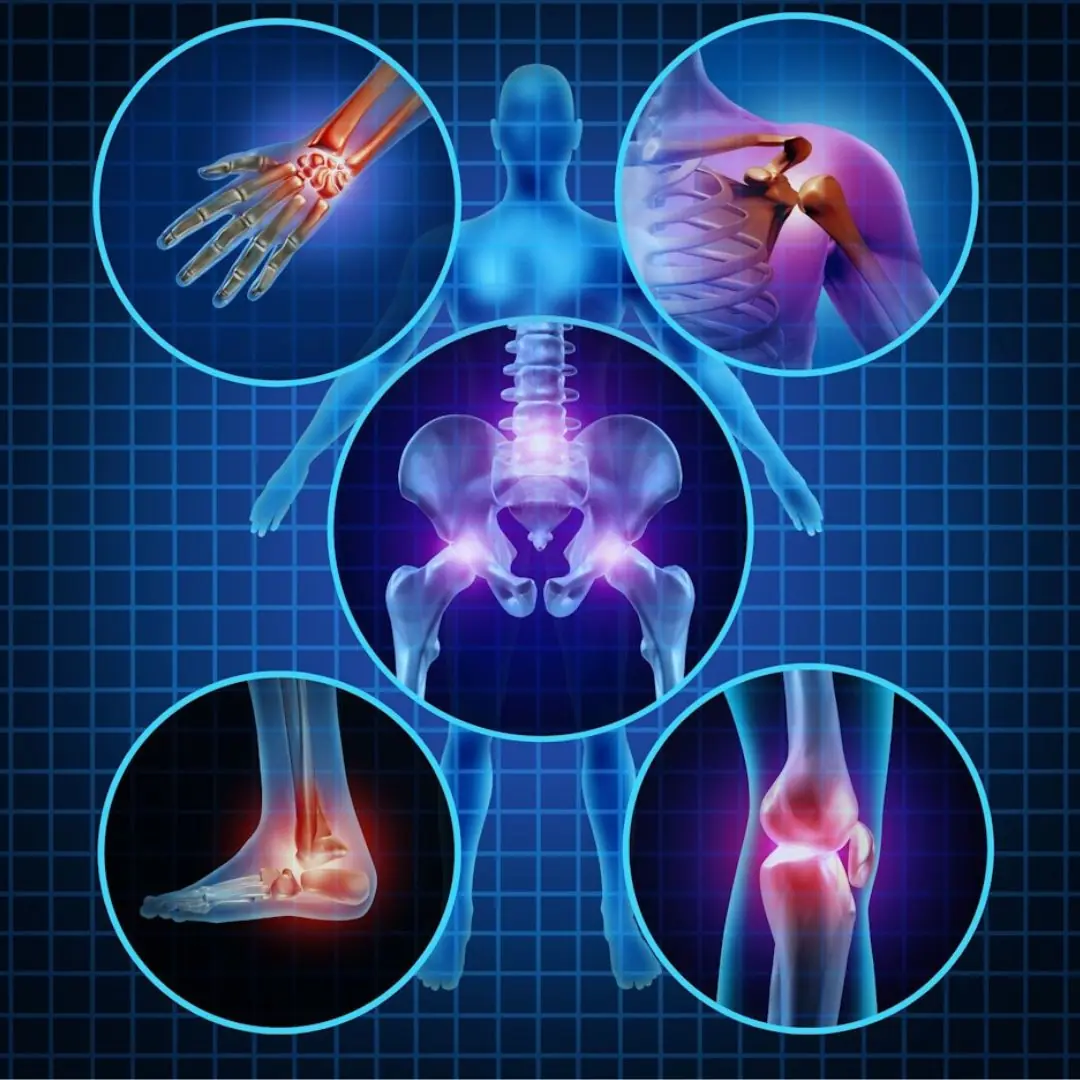
7 Kinds of Pain That Shouldn't Be Ignored

Bury these two "trash" in a flower pot: Flowers bloom like a stream, and the fruit is sweet and plentiful.

The most dangerous foods in the world

Dubbed “The Scariest Photograph Ever Taken”

Cooking Rice This Way Packs as Much Protein as 100g of Beef
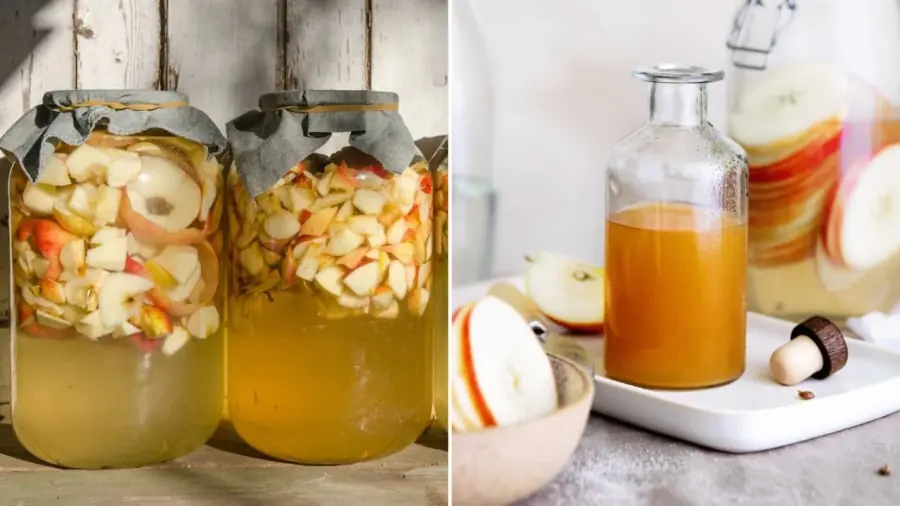
DIY Apple Cider Vinegar: Cheap, Delicious, and Safe to Make at Home
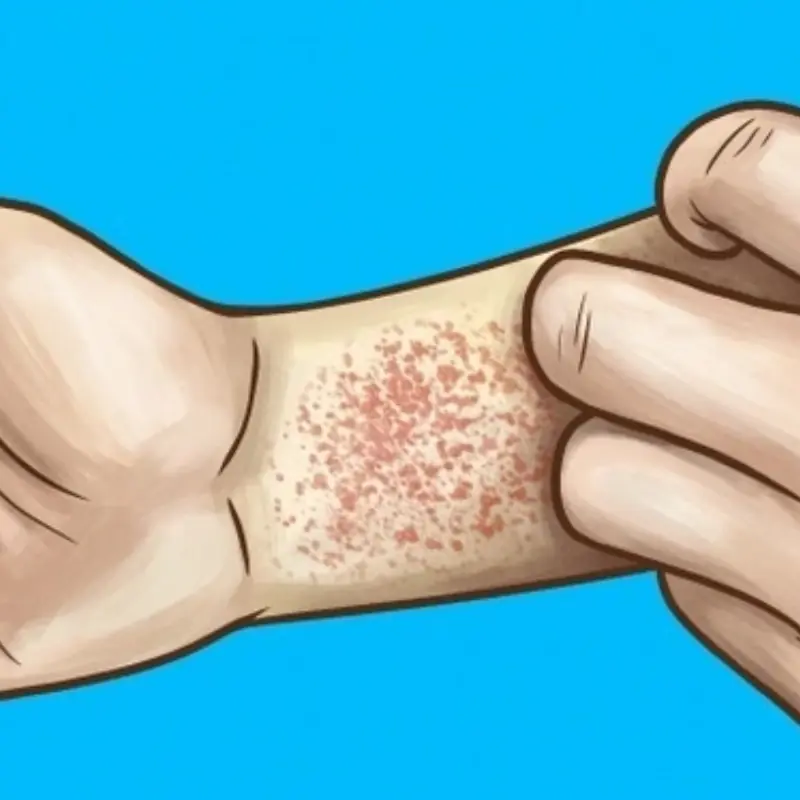
5 Warning Signs of Severe Lu.pus
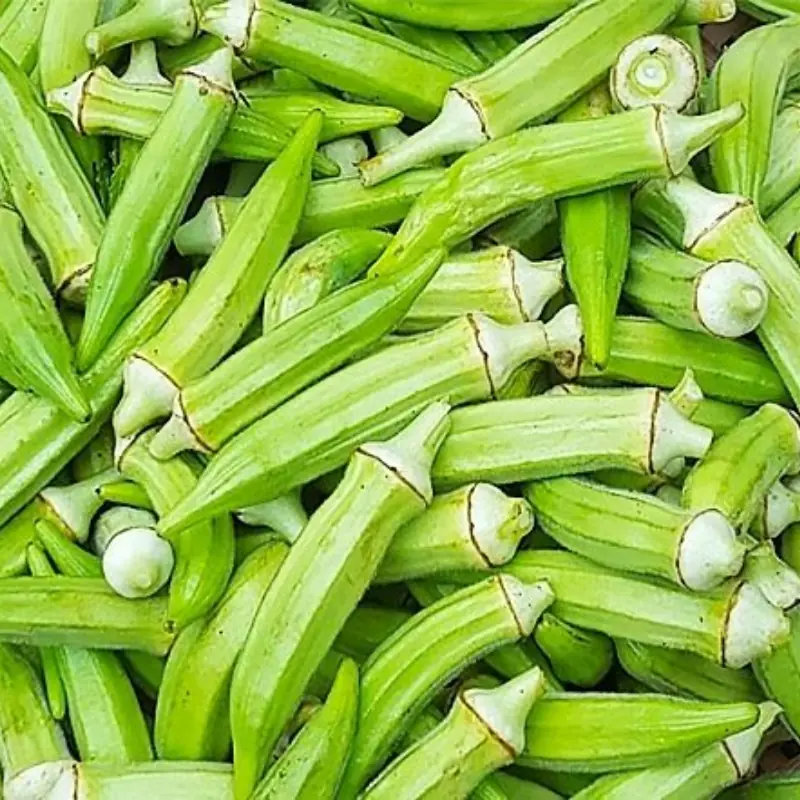
Okra Looks Healthy, But It May Be Off-Limits for These 3 Groups of People
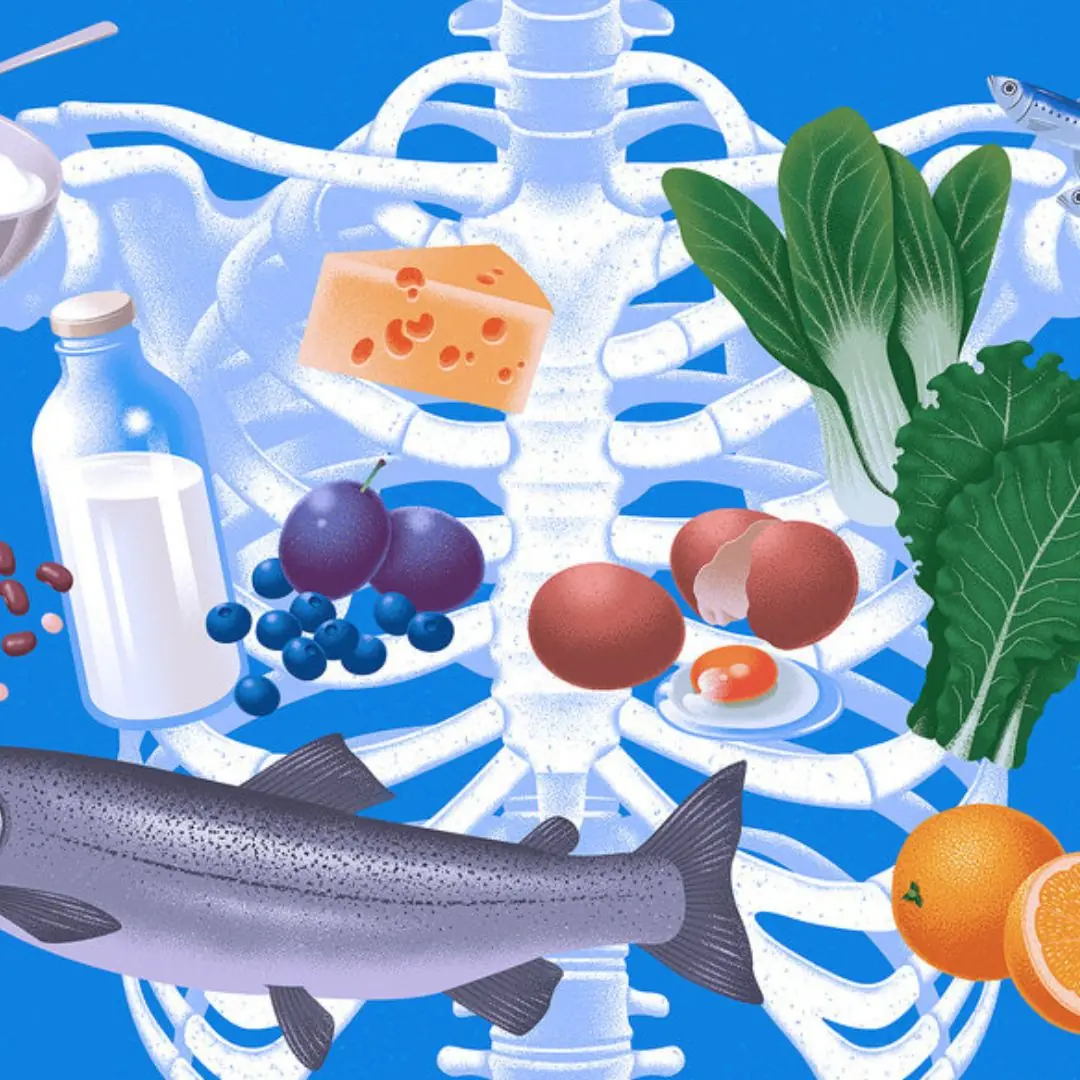
Know About 6 Super-Foods For Osteporosis
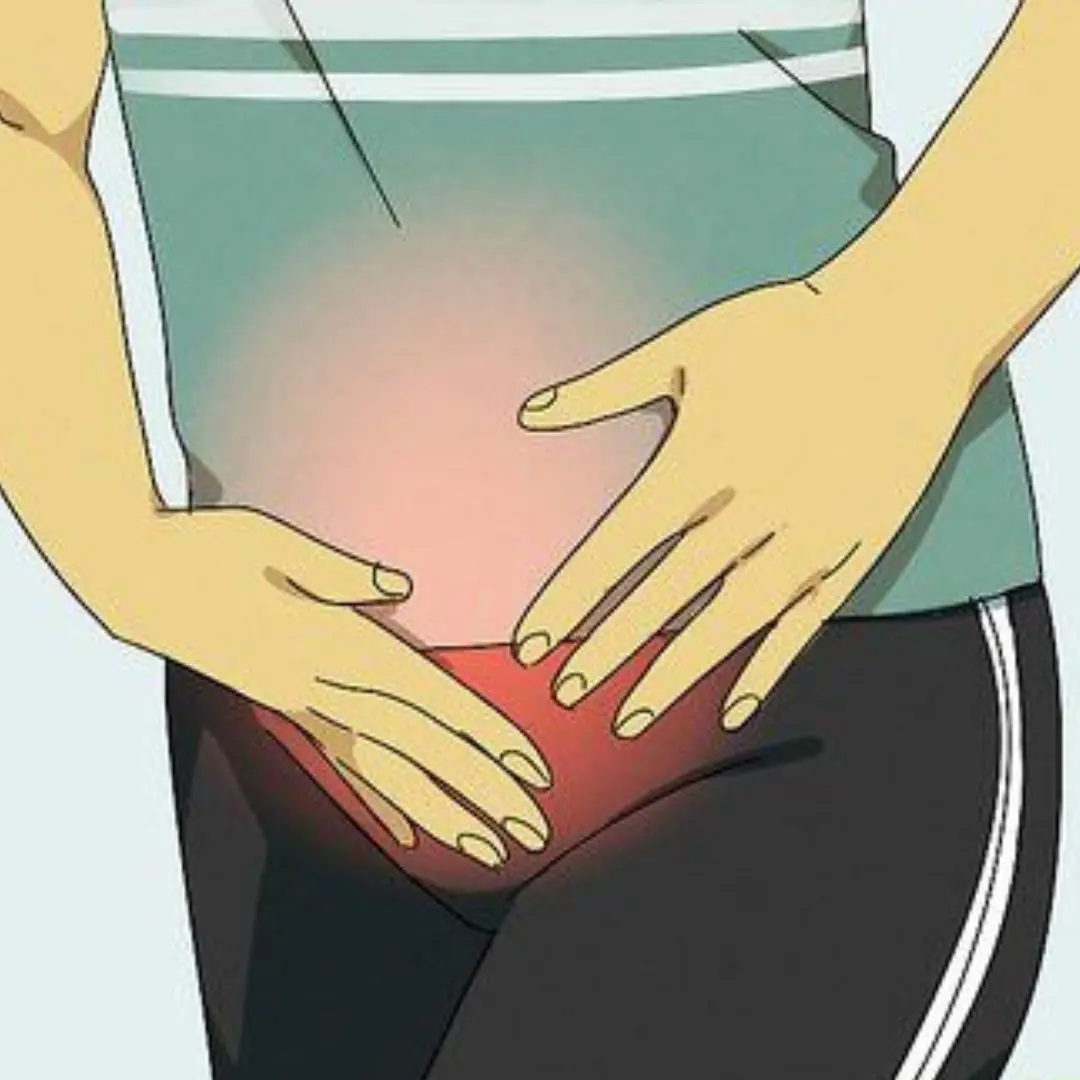
Why your va.g.ina smells like fish and how to solve it

5 Bitter Vegetables That May Harm Your Liver If Overconsumed

Eating One Banana a Day Provides 5 Surprising Health Benefits
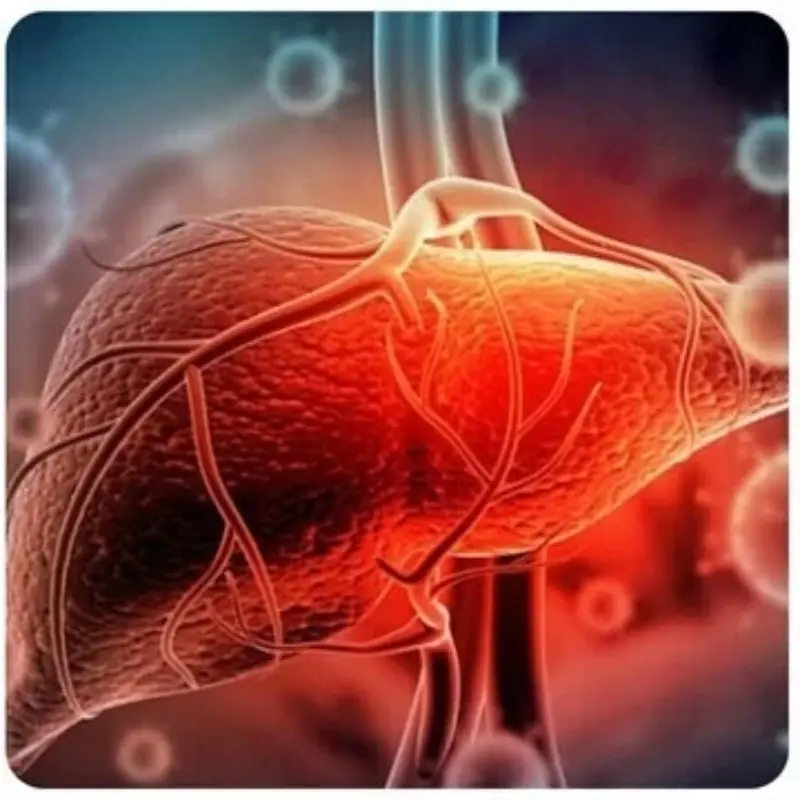
Don’t Ignore These 2 Warning Spots
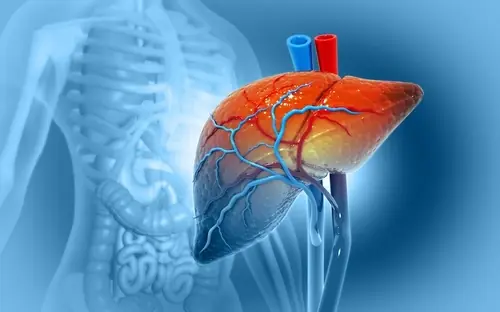
If you wake up in the morning and see your body has these 2 characteristics, be careful, your liver is on the "brink" of failure
